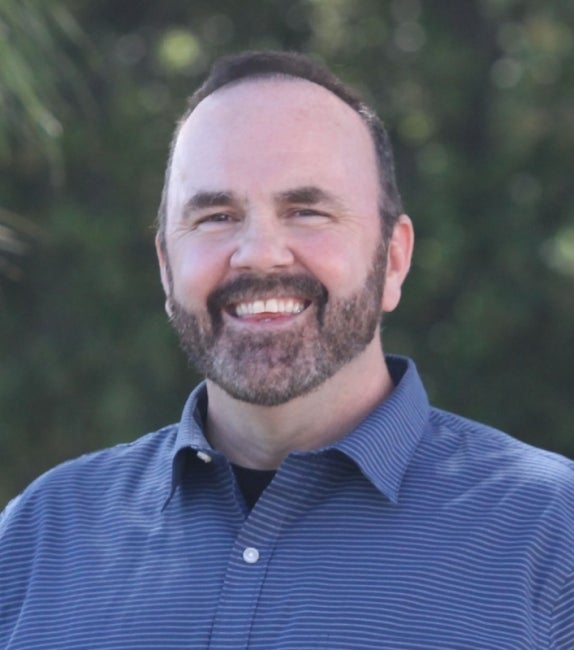Rivian is the latest electric vehicle maker to adopt the Tesla NACS port, following Ford and GM. This means that Rivian owners will be able to use the largest and fastest charging network in the U.S., with more than 12,000 plugs across 1,797 stations.
Rivian announced that it has signed an agreement with Tesla to adopt the North American Charging Standard (NACS), which is the same connector that Tesla uses for its vehicles. Rivian will start offering adapters for its existing and future customers to access the Supercharger network in spring 2024, and will switch to NACS as the standard connector for its new R1T and R1S models in 2025.
Rivian CEO R.J. Scaringe said that this collaboration will help advance the world toward carbon neutrality and enable Rivian customers to leverage Tesla’s expansive Supercharger network while Rivian continues to build out its own Rivian Adventure Network, which is a network of exclusive charging stations for Rivian owners.
The adoption of NACS by Rivian follows similar announcements by Ford and GM, which have also agreed to use Tesla’s connector and access its Supercharger network. Ford will offer adapters for its Mustang Mach-E and F-150 Lightning models in 2024, and GM will do the same for its Hummer EV and Cadillac Lyriq models.
Both automakers will also switch to NACS for their new EVs in 2025. The move to NACS by these major automakers is seen as a win-win situation for both Tesla and its competitors, as it will increase the availability and convenience of charging for EV owners, reduce the fragmentation of charging standards, and create more incentives for building charging infrastructure.
Tesla CEO Elon Musk has said that he is open to sharing his Supercharger network with other automakers, as long as they pay a fair share of the costs and follow the technical specifications. Some analysts have speculated that Tesla could generate significant revenue from licensing its charging technology and selling electricity to other EV makers.
However, not all automakers are on board with NACS yet. Some, such as Hyundai, are still using the Combined Charging System (CCS) standard, which is more widely used in Europe and Asia. Hyundai has said that it is open to using NACS in the U.S., but it wants to find a way to enable faster charging for its higher-voltage EVs, such as the Ioniq 5.
Other automakers with 800-volt architectures, such as Porsche and Lucid, may also have similar concerns. It remains to be seen whether NACS will become the dominant charging standard in the U.S., or whether there will be room for multiple standards to coexist. For now, it looks like the new Big Three (GM, Ford and Tesla) are going to dictate charging standards.
















